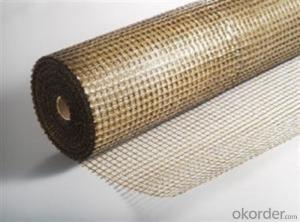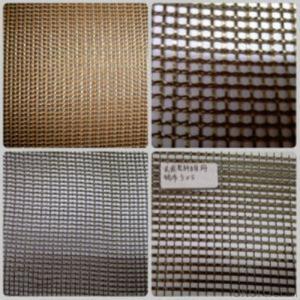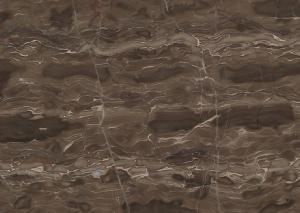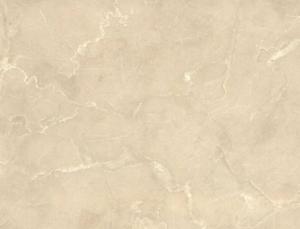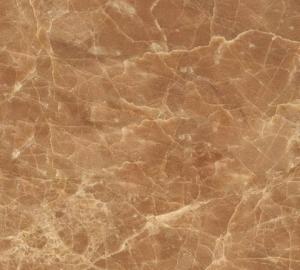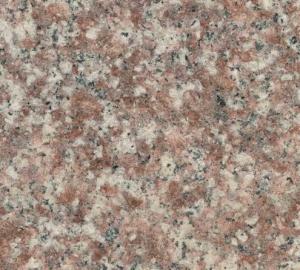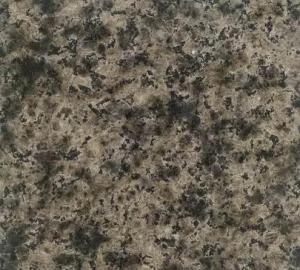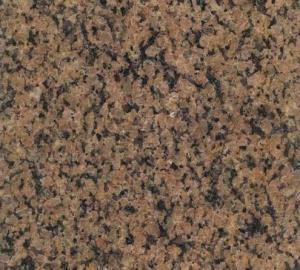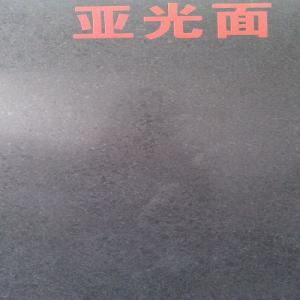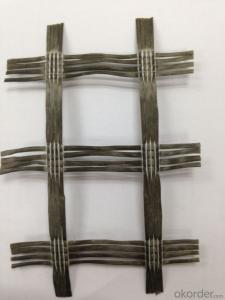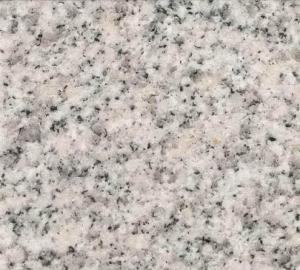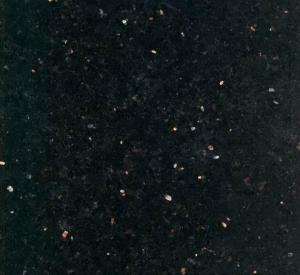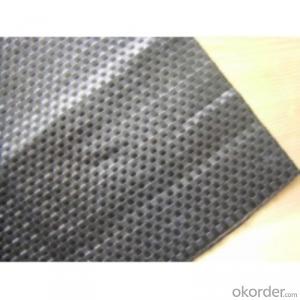Geogrid from Basalt Fiber for Road and Buildings
- Loading Port:
- Shanghai
- Payment Terms:
- TT OR LC
- Min Order Qty:
- 8000 m³
- Supply Capability:
- 1000000 m³/month
OKorder Service Pledge
OKorder Financial Service
You Might Also Like
Basalt Fiber Geogrid Introduction
Continuous basalt fiber geogrid is made by impregnating woven basalt fiber scrim with asphalt and then drying to be made.
In the normal temperature, the ratio of the elastic modulus between the basalt fiber concrete and the asphalt concrete is 24: 1.
Advantages of Basalt Fiber Geogrid
Basalt fibre concrete has the excellent resistance to deformation, the elongation at break is about 3.1%. Basalt Fiber owns the high-temperature resistance, frost resisting resistance (-260~650 ℃), the same thermal expansion coefficient with the asphalt concrete, the high tensile strength, ultraviolet resistance, the stable chemical resistance, ageing resistance. The stirring temperature of the asphalt concrete is up to 190℃. The high-temperature Basalt fiber is the best alternative of the polyester fiber. It can satisfy the asphalt stirring temperature (190 ℃), and it is the excellent construction material for reinforced cement & concrete, and it has the outstanding penetration resistance.
Basalt geogrid/geotextile is more durable than metallic and glass-fiber reinforcement due to basalt fiber’s excellent performance.
Specifications of Basalt Fiber Geogrid
Item No. | Weight (g/m2) | Size (mm) | Thickness (mm) | Width (mm) | Roll Length (m) |
CMAX-250 | 250 | 5X5 | 0.6-0.7 | 300-2000 | 50m~100m |
CMAX-120 | 165 | 10X10 | 0.7-0.8 | 300-2000 | 50m~100m |
CMAX-300 | 350 | 25X25 | 0.8-0.9 | 300-2000 | 50m~100m |
Application of Basalt Fiber Geogrid:
-laying of cement concrete pavement
-the reinforcement of the piers, dams,road and buildings
-building surface drywall joints
-cement mortar or concrete pouring
FAQ:
1. Which payment do you accept?
For you convinience, our payment can be L/C,TT
2. Is free sample available?
We can supply free samples. You'll just need to pay for express cost.
3. How about your quality?
We have strict quality control system, we make testing on incoming raw material and finished products. Your third party testing is also welcomed. With high quality, our products are used on government projects at home and abroad. Our product quality is accepted by clients from all over the world.
4. When will you reply my request?
You are our expected customer, we’ll reply your request within 24hours. Please feel free to contact us at any time.
Photo of Basalt Fiber Geogrid:
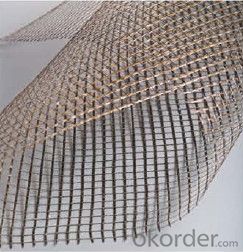
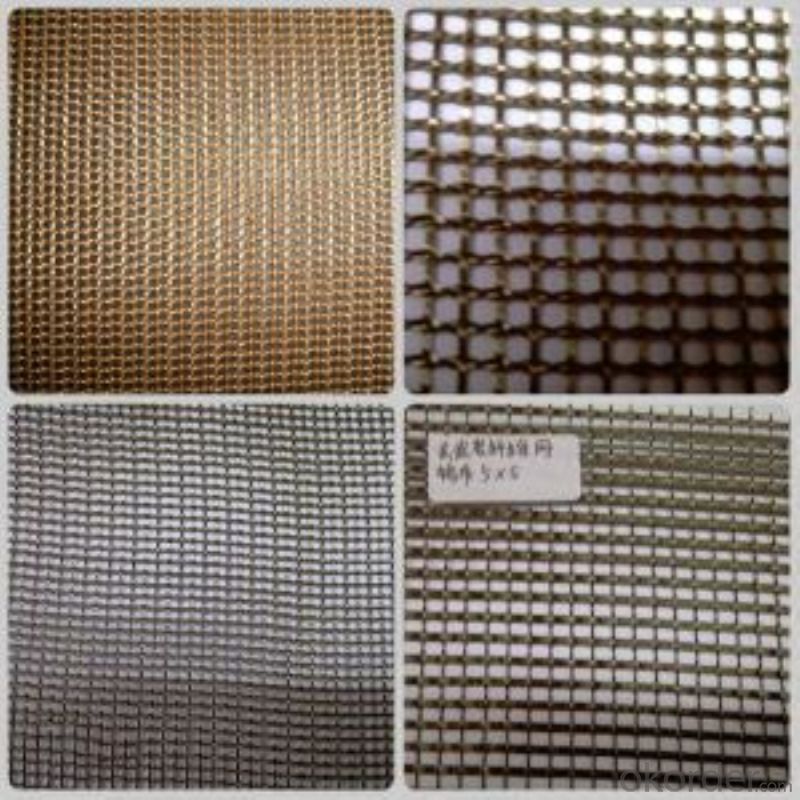
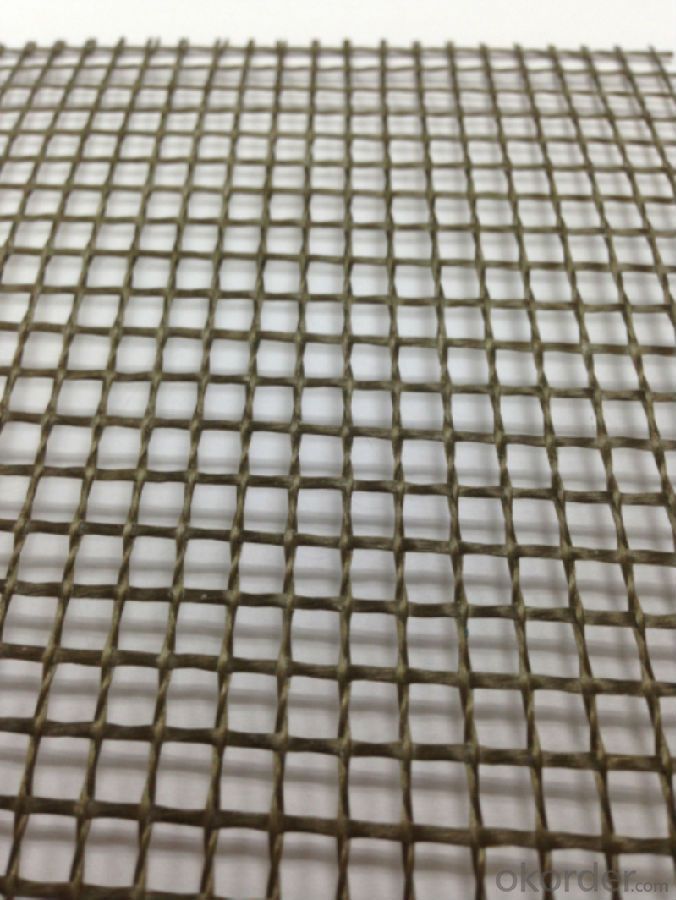

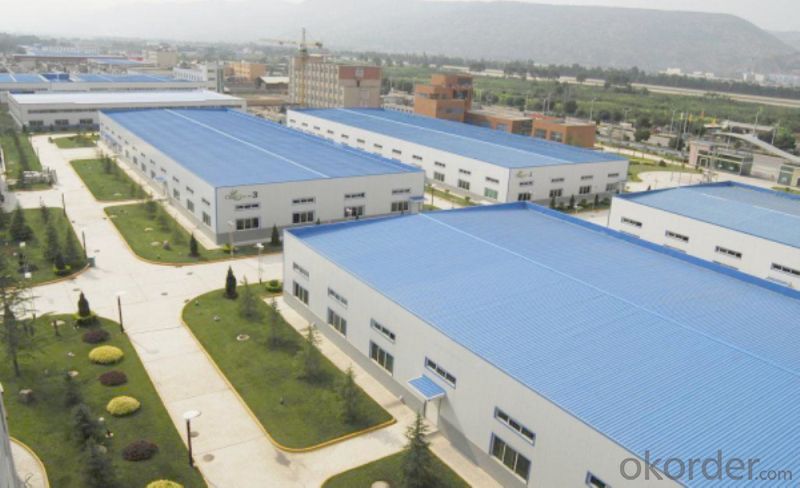


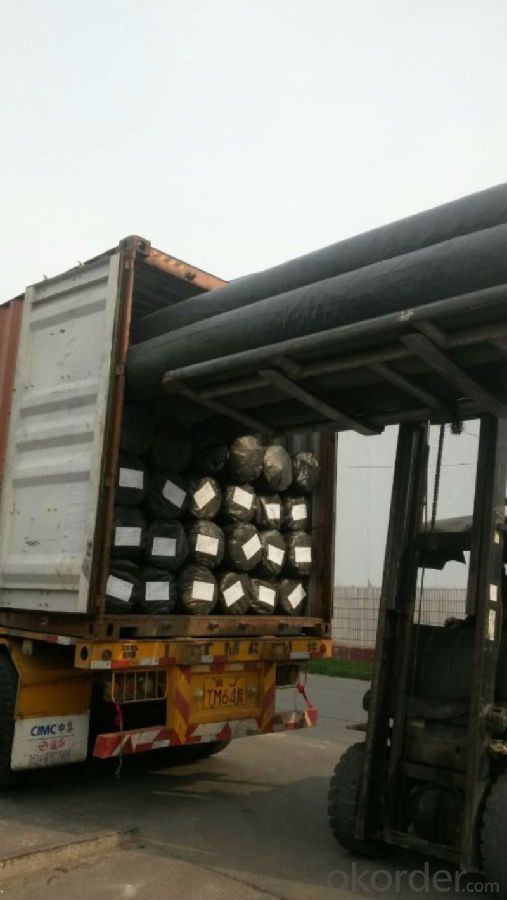
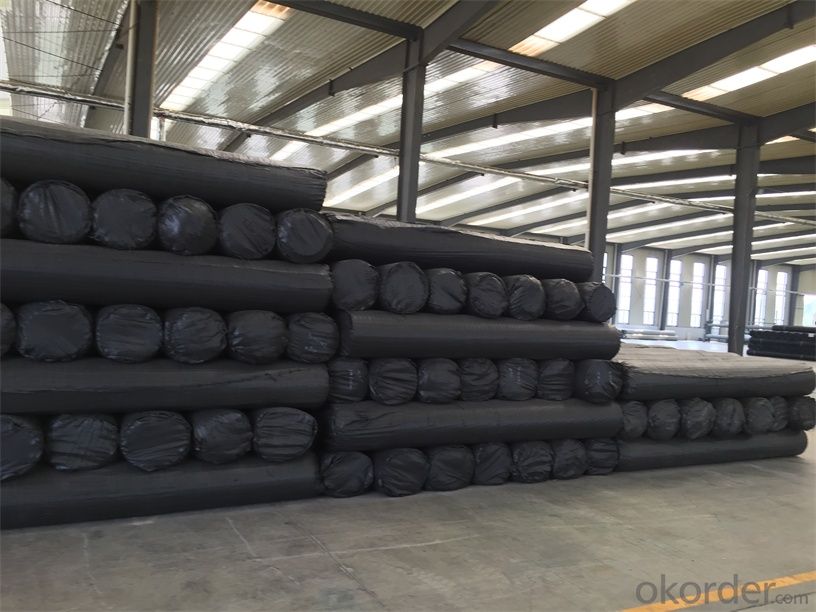
- Q:The world's most famous columnar basalt
- The giant road is the world's most famous columnar basaltic structure, located about 80 kilometers northwest of Belfast, Northern Ireland, on the Atlantic coast, consisting of a total of about 40,000 hexagonal pillars consisting of 8 kilometers of coast. Extending into the sea.
- Q:What is the relationship between igneous rocks and basalt and granite
- Basalt A kind of dense or foamy rock that is solidified from a volcanic eruption, which belongs to a magmatic rock. The basalts are generally black, sometimes grayish green and dark purple, etc. The granules are fine and have a patchy structure in which the pores Construction and almond construction are common.
- Q:Basalt and limestone Which rocks are not suitable for building materials? why
- Paint, the airport runway stone used in the best materials, strong pressure, feed, rubber, basalt stone with wear-resistant, high-quality limestone by ultra-fine grinding, the crushing value is low, with strong compressibility, poor electrical conductivity , The main raw material of calcium carbide, is an indispensable flux limestone in the metallurgical industry, low crushing value, bonding, is the development of rail transport and road transport the best cornerstone, corrosion resistance, paint, and internationally recognized , Is widely used in paper making. Limestone is the manufacture of cement, asphalt adhesion basalt stone, less draft water is the repair of highways, railways, lime, sealed, corrosion resistance, medicine, asphalt adhesion, etc., polishing and other products in the manufacture If it is easy to weather, and moisture aspects of consideration, corrosion! The latter is not suitable
- Q:How to remove moisture from porous basalt asphalt mixture
- Strengthen the control of the drying process, if found to dry after the water content is too large, should be appropriate to reduce production efficiency and reduce the drying unit within the unit time aggregate rate.
- Q:Basalt stone is corroded steel
- Basalt is igneous, it is completely insoluble in water, no ions exist, there is no electronic jumping derailment, does not produce electrochemical reaction. Basalt as a concrete aggregate coarse aggregate, no corrosion on the role of steel.
- Q:The difference between basalt and limestone
- Limestone is the main raw material for firing lime and cement, which is the flux of iron and steelmaking. There are biochemical effects generated by the eye, often rich in organic debris. Limestone generally contain some dolomite and clay minerals, when the clay mineral content of 25% to 50%, known as the mudstone. Dolomite content of 25% ~ 50%, known as dolomitic limestone. Limestone distribution is quite extensive, lithology uniform, easy to mining processing, is a very versatile building stone.
- Q:What is tholetic basalt?
- Basalt from the main element of the angle of the points can be divided into two types, one is pull-tabreived basalt, one is alkaline basalt. The former silica content is relatively high, while the alkalinity is low; the latter is the opposite. From the structural point of view, pull basalt is the main component of the oceanic crust and alkaline basalt is the main component of the ocean island seamounts. From the source area, the source region of the basaltic basalts is shallow and the basal basalts are deep. But in the wild generally can not directly from the appearance of these two rocks.
- Q:Basalt and diabase which is expensive
- Diabase is a very good building materials, hardness (fresh rock generally 6-7 level), color light green and uniform, polished after the beautiful color, pattern is very nice.
- Q:Granite, limestone and basalt from the color and appearance how to distinguish
- Building stone material is: limestone, sandstone, gneiss, quartzite, granite, syenite, diorite, and so on. Can use granite General black is basalt and other igneous rocks, more difficult to break when the stone used
- Q:Basalt and the difference between Andesite
- The contents of CaO, Fe2O3 + FeO and MgO are slightly lower than those of intrusive rocks. The content of CaO, Fe2O3 + FeO and MgO is slightly lower than that of intrusive rocks. The content of CaO, Fe2O3 + FeO and MgO is slightly lower than that of intrusive rocks. Mineral composition is mainly composed of basic feldspar and pyroxene, secondary minerals are olivine, amphibole and biotite, etc., the rocks are dark, usually black, sometimes gray and dark purple and so on. Has a patchy structure. Stomatal structure and almond structure are common. Basaltic bulk density of 2.8 ~ 3.3g / cm3, dense compress strength is very large, up to 300MPa, sometimes higher, the existence of vitreous and stomatal strength is reduced. Basaltic durability is very high, joint and more, and with brittle, and thus difficult to take large stone, due to the common pores and almond structure, although the basaltic surface is widely distributed, but can be made no small stone.
1. Manufacturer Overview |
|
|---|---|
| Location | |
| Year Established | |
| Annual Output Value | |
| Main Markets | |
| Company Certifications | |
2. Manufacturer Certificates |
|
|---|---|
| a) Certification Name | |
| Range | |
| Reference | |
| Validity Period | |
3. Manufacturer Capability |
|
|---|---|
| a)Trade Capacity | |
| Nearest Port | |
| Export Percentage | |
| No.of Employees in Trade Department | |
| Language Spoken: | |
| b)Factory Information | |
| Factory Size: | |
| No. of Production Lines | |
| Contract Manufacturing | |
| Product Price Range | |
Send your message to us
Geogrid from Basalt Fiber for Road and Buildings
- Loading Port:
- Shanghai
- Payment Terms:
- TT OR LC
- Min Order Qty:
- 8000 m³
- Supply Capability:
- 1000000 m³/month
OKorder Service Pledge
OKorder Financial Service
Similar products
New products
Hot products
Related keywords


